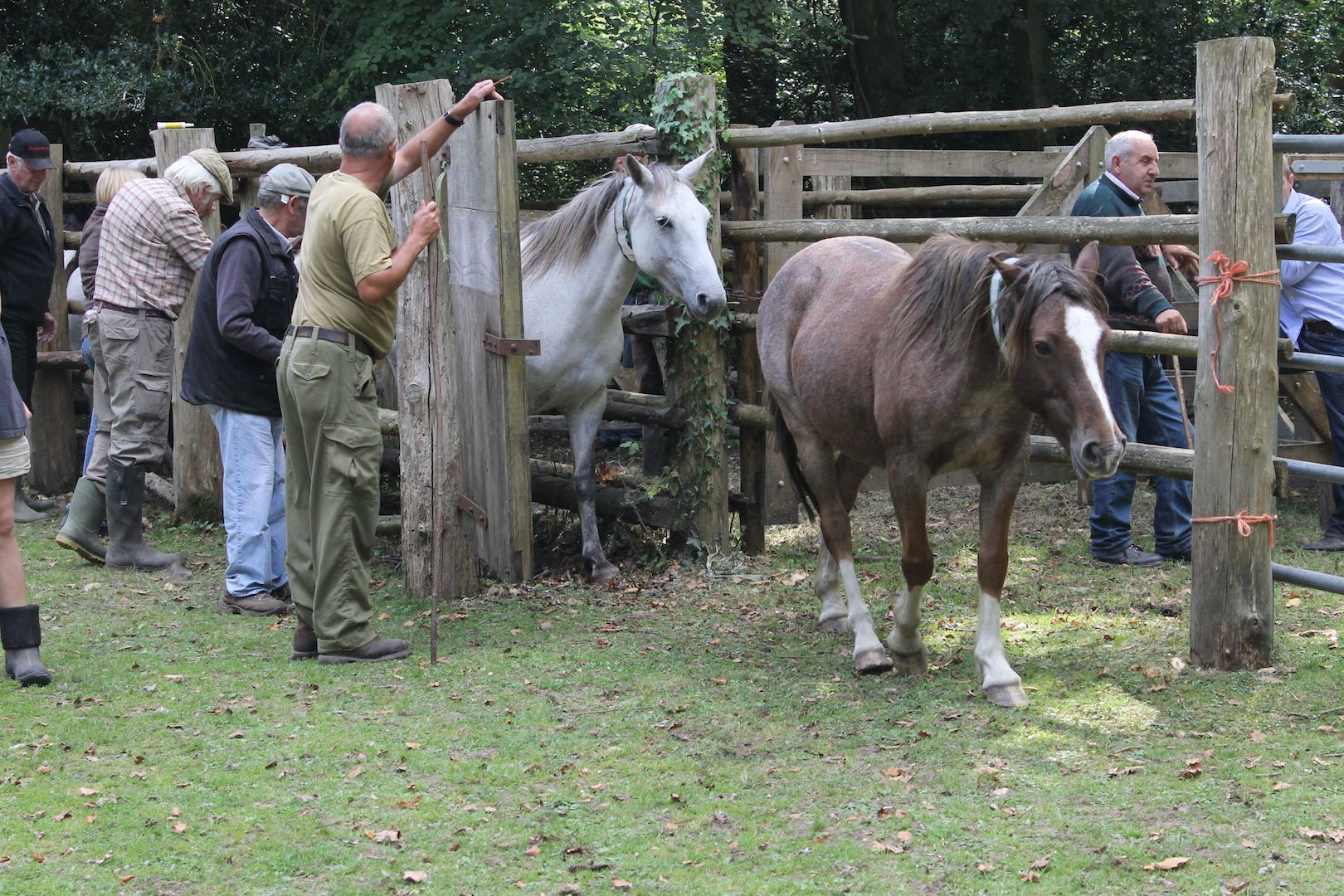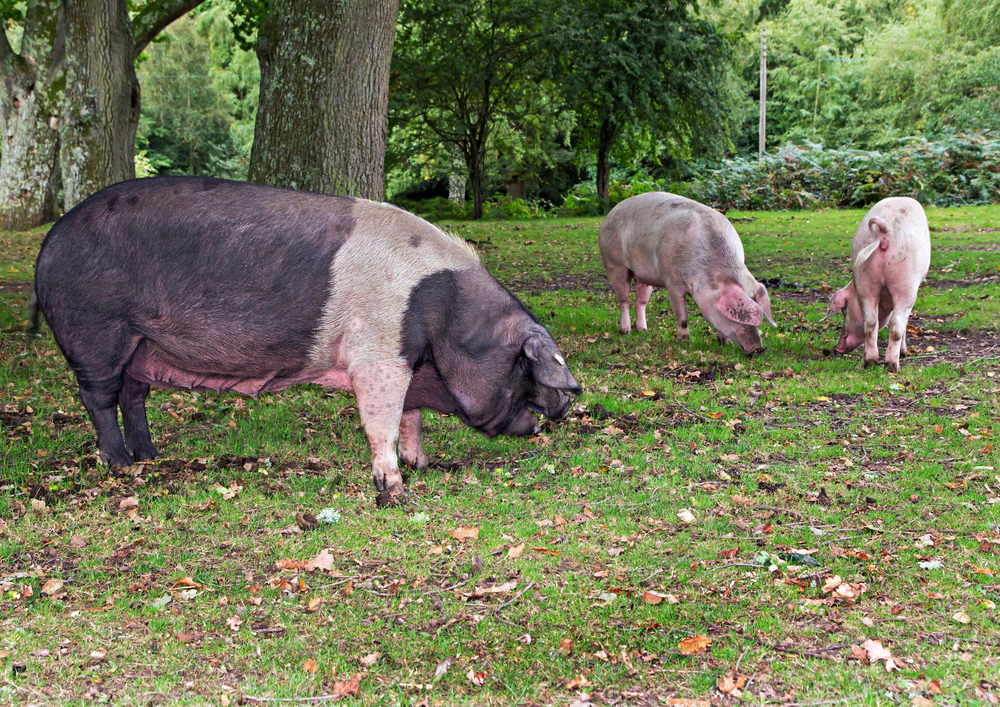
The New Forest is believed to have the only surviving pastoral economy, based on the principal of common rights.
The New Forest is an ancient landscape that has survived into modern times. It is a place of exquisite natural beauty, which is internationally recognised for its importance to wildlife. Because of its distinctive geography it has never been cultivated or intensively farmed. This has enabled an early form of pastoral economy, which even predated the creation of the ‘Nova Foresta’ in 1079, to survive along with the landscape. Commoning is one of the oldest forms of agricultural management known to man. It relies upon the shared use and management of natural resources and is mostly characterised by the grazing of free-roaming animals, particularly ponies and cattle. When the heathlands disappeared from Northern Europe, in the 19th and 20th centuries, so too did the commoners and their pastoral way of life. The New Forest is believed to have the only surviving pastoral economy in Northern Europe, based on the principal of common rights, that is left.
The future of commoning is inextricably interwoven with that of the Forest itself. Some scientists and social commentators have described the commoners and their animals as having complete interdependence with the Forest, while others have even labelled the relationship as ‘virtually symbiotic’. Commoning has been enshrined in law since the Middle Ages. Even so, that hasn’t prevented attempts to eradicate the practice in order to exploit the New Forest for private or commercial gain. Since the early laws were made successive kings and governments have tried to either control or erode the extent of rights of common or restrict the numbers of Forest inhabitants with those rights. A good example of this occurred in the 1850’s, when a Parliamentary Commission set out to establish the rights of those living in the New Forest. Although 1311 cases were examined only 1200 were allowed. In not one single case did the Commission confirm all the common rights that were claimed. In addition many of the commoners who could not read and write or did not have the finanical means to participate in the proceedings were deemed to have forfeited their rights by default!
Commoning, and consequently the New Forest, was in real jeopardy. Government policy was intent on enclosing the parts of the Forest that could be used for timber production and selling off or privatising the parts that could not. The plan would have left just a sixth of the Forest for commoning and nature. A vigorous campaign by the local gentry, commoners and residents’ captured national attention and the outcry to protect the New Forest and commoning culminated in the New Forest Act 1877. When one considers that this campaign was successfully brought without the aid of social media or the Internet it is a very impressive undertaking. Had this not happened, remarked one commentator ‘the New Forest would now be just a name on the map.’ Thankfully today the role of the commoners’ animals in preserving the landscape of the New Forest is fully appreciated. The practice of commoning is also acknowledged for its enduring effect on the social, historical and cultural traditions of the area.



You must be logged in to post a comment.